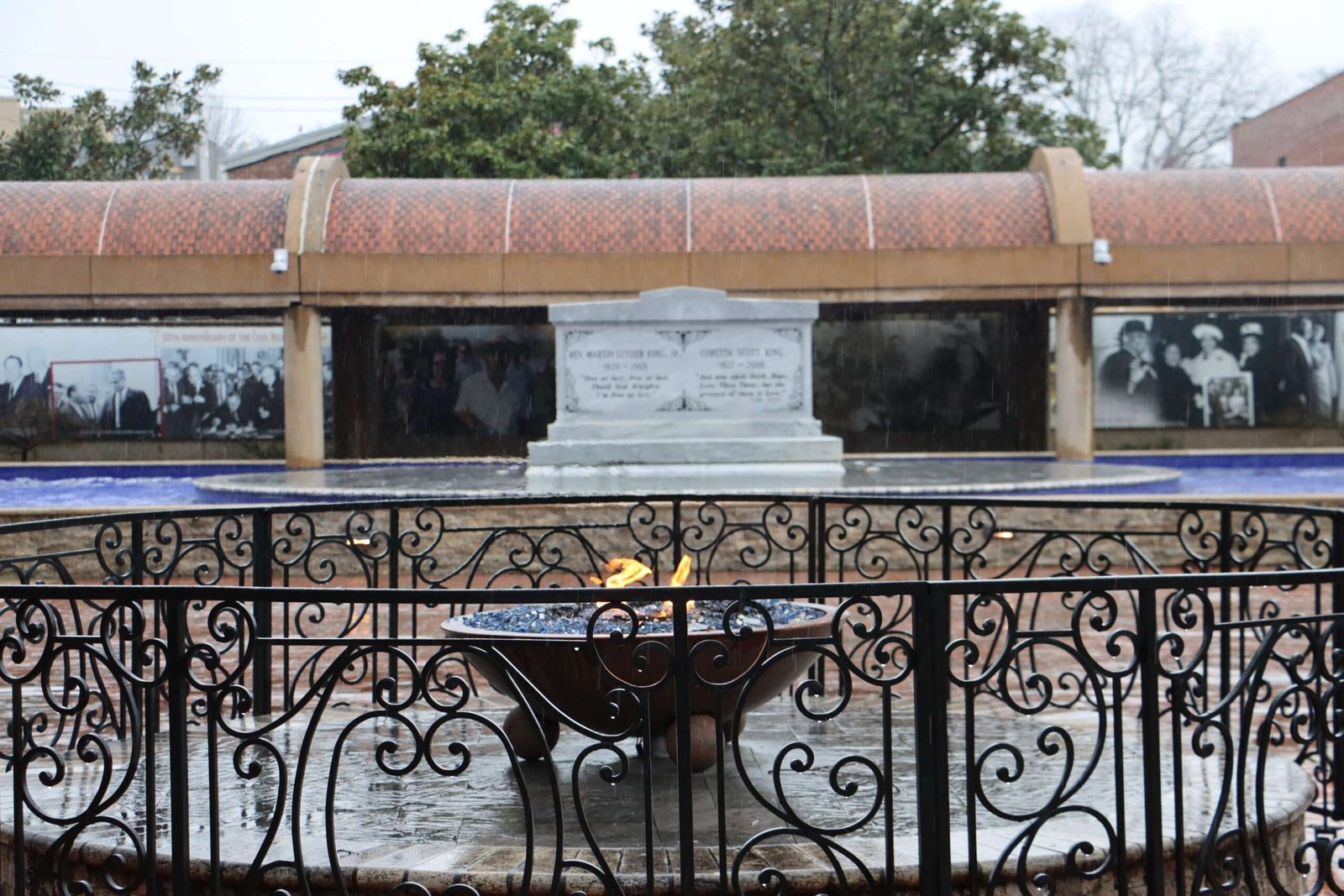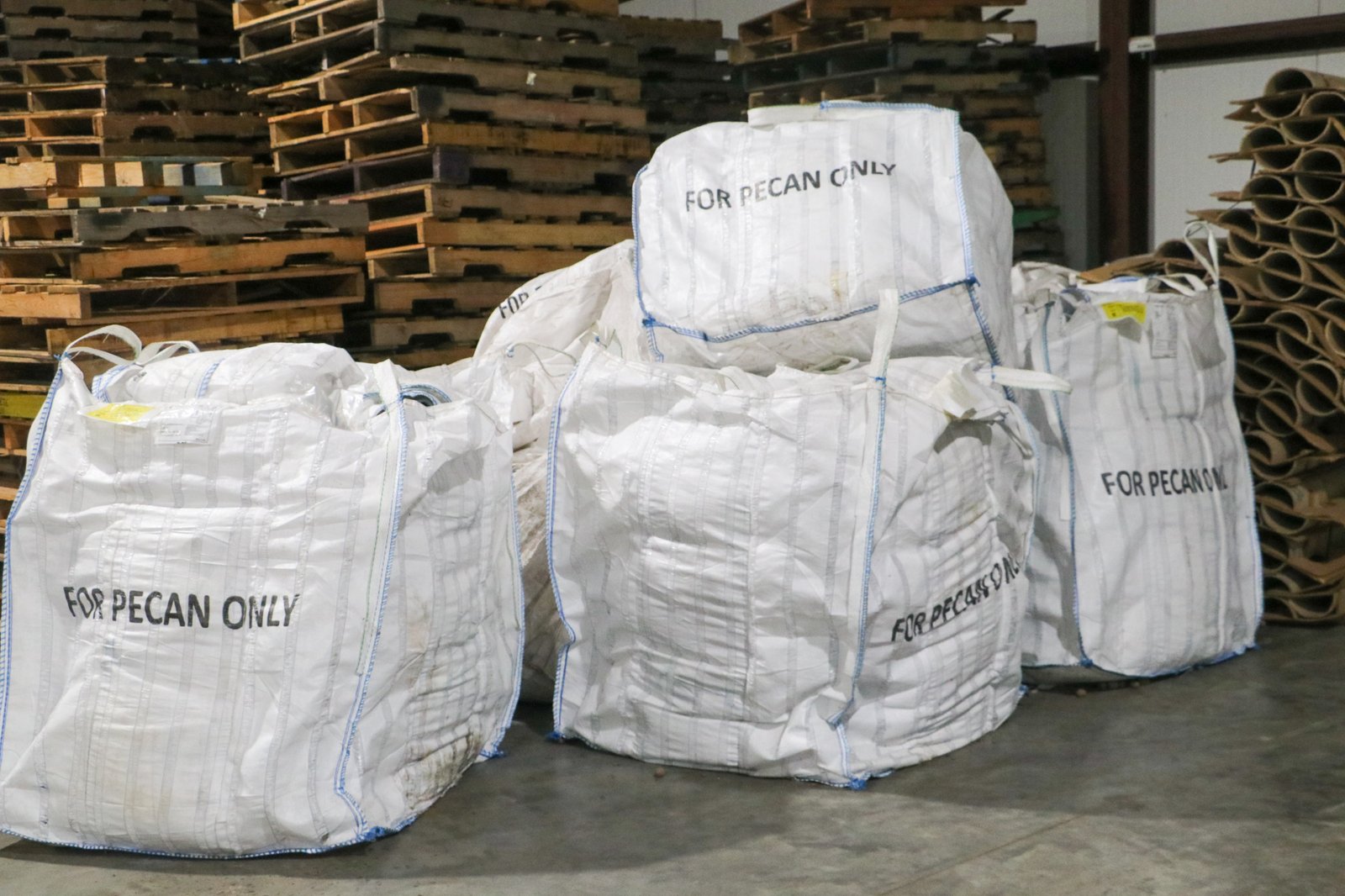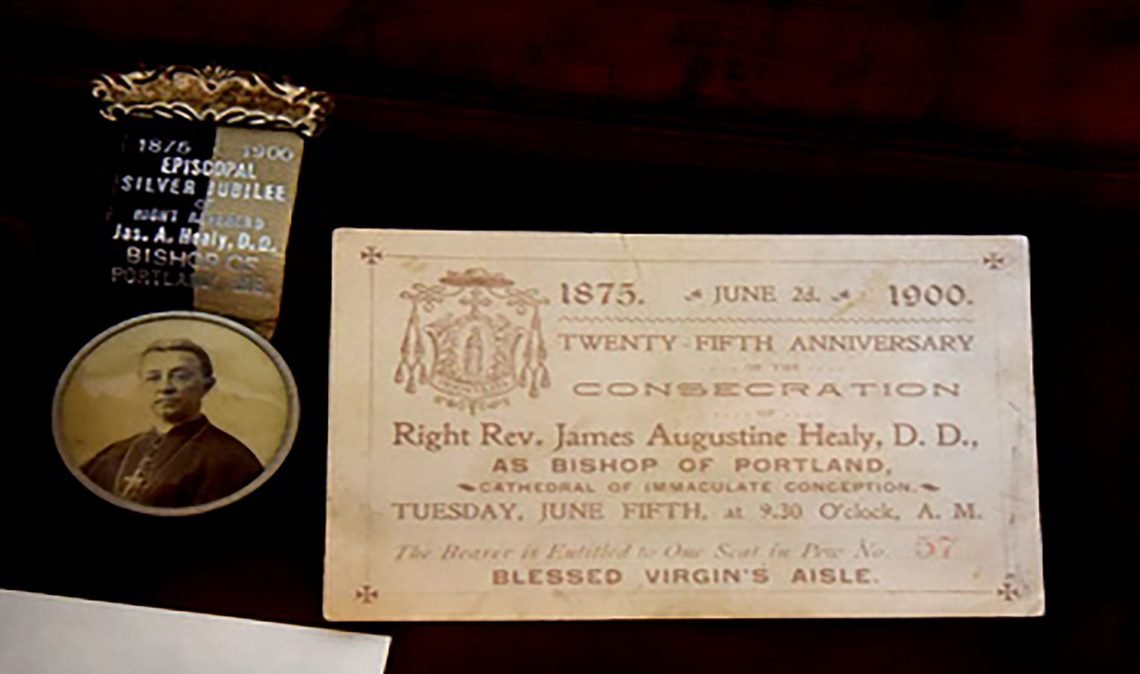
By Milton Kirby | Atlanta, GA | March 3, 2025
Stretching off the southern coast of Florida, the Florida Keys are a remarkable chain of tropical islands and coral cays that boast a unique blend of natural beauty, cultural heritage, and storied history.
These islands, formed from ancient coral reefs and limestone deposits, are a living record of marine evolution. They feature vibrant coral reefs—the only living coral barrier reef in the continental United States—and a rich, diverse ecosystem that includes rare species such as the endangered Key deer.
From Key Largo, approximately 65 miles south of Miami, to Key West and beyond, there are roughly 1,700 islands, though only about 30 are inhabited. A group of islands in a chain or cluster in a body of water, such as an ocean, like the Florida Keys, is also known as an archipelago.
This vast expanse of land is more than just a popular vacation destination. It’s a dynamic natural laboratory where the interplay of geological forces, marine biology, and climate change is on full display. The formation of the Keys, derived from the Spanish word cayo meaning “small island,” hints at their modest beginnings even as they have grown into a region celebrated for its ecological diversity, beauty, and vacation serenity.
The Florida Keys have long been a crossroads of cultures. Influences from Spanish explorers, Bahamian settlers, and American pioneers have left an indelible mark on the area. Maritime trade, shipwrecks, and even pirate legends, music, oral history, and popular beliefs have woven together a narrative that continues to inspire literature, art, and local traditions. Engineering feats such as the Overseas Highway—connecting the islands via 42 bridges. The bridges were built on the remnants of a railroad that operated from 1912 until 1935, when a hurricane destroyed it.
At the southern tip of the Keys lies Key West, the southernmost city in the continental United States. Known for its unique mix of history, natural beauty, and cultural diversity, Key West offers a glimpse into a laid-back lifestyle where morning joggers, dog walkers, and cyclists take in the fresh air along historic streets. The island is also a treasure trove of natural attractions, including national wildlife refuges, a national marine sanctuary, and state parks brimming with terrestrial and marine wildlife.
The Southernmost Point Buoy is an anchored concrete buoy in Key West that claims to mark the southernmost point in the continental United States—though it is neither the true southernmost point of the continental US nor of Key West. The city established it as a tourist attraction on September 10, 1983.

The buoy, mile marker 0, and the beginning of US Highway 1 (Route 1) are popular destinations for motorcycle enthusiasts. While the views from Miami to Key West can be breathtaking, the typical highway traffic during peak drive time can be annoying. In the summer months, it can be a potential overheating nightmare.
Key West’s allure is enriched by its famous residents and landmarks. Ernest Hemingway’s legacy lives on at his house-turned-museum at 907 Whitehead St., where annual Hemingway Days celebrate his life and work. The island has also been home to literary giants like Judy Blume and Tennessee Williams and political figures such as Harry S. Truman, who preferred the island’s agreeable climate during his winter retreats. Visitors can tour the Little White House at 111 Front St.—a former winter residence for Truman that now functions as a museum with botanical gardens.
The island’s eclectic charm includes sites like the iconic Octagon House at 712 Eaton St., affectionately known as “The Calvin Klein House,” and the Robert Frost Cottage at 410 Caroline St., designated a Literary Landmark in 1995. Key West International Airport, located at 3491 South Roosevelt Boulevard, serves as a gateway to this vibrant locale.
In addition to Key West, the Lower Keys offer an equally enchanting experience. Islands such as Summerland Key, Big Torch and Little Torch Keys, Cudjoe Key, Sugarloaf Key, and Big Coppitt Key form an oasis where protected sanctuaries, mangrove islets, and shallow sandy lagoons await discovery. The uninhabited Saddlebunch Keys, with their network of lagoons and mangrove islands, provide a memorable backdrop for boat or paddle craft excursions, especially at sunset.
Not to be overlooked is Stock Island, the hub of the Florida Keys’ commercial shrimping industry. Here, the rustic authenticity of colorful marinas, art studios, and waterfront bars is enhanced by the sight of shrimp boats offloading sweet pink shrimp—a nod to the island’s seafaring roots. Stock Island’s marinas serve as headquarters for world-class charter fishing captains and attract dedicated anglers. At the same time, its thriving resorts and artistic community capture the region’s creative, working-class spirit.
From its geological origins and vibrant underwater ecosystems to its storied history and cultural landmarks, the Florida Keys embody a multifaceted character that captivates residents and visitors alike. More than just a tropical getaway, this unique archipelago celebrates nature, history, and the enduring human spirit.









The Florida Keys was such a good read that I felt like I was there or had been there.